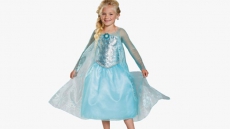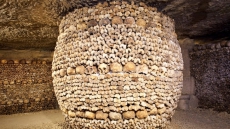It is a mixture of freedom and uncertainty that prompts students to cluster by race, gender, age, and social status in schools, a study shows.
In case of larger schools the tendency among adolescents to form groups for friends who are similar to themselves is more intense, an instinct that sociologists call "homophily", showed researchers.
"Educators often suspect that the social world of adolescents is beyond their reach and out of their control, but that's not really so. They have leverage, because the schools are indirectly shaping conditions in these societies," said Daniel A. McFarland, professor of education at Stanford University.
Apart from the size of the schools, its openness to choice also prompts cliques or close-nit groups and social-status hierarchies as well, showed the study titled 'Network Ecology and Adolescent Social Structure'.
Smaller schools, by contrast, offer a smaller choice of potential friends, so the "cost" of excluding people from a social group is higher, said researchers.
The study draws on an analysis of two data sets about friendships, one of which considers friendships at the classroom level and the other at the school level.
In schools with a strong focus on academics, teenagers are less likely to form friendships based on social attitudes imported from outside the school, found the study.
The main goal of this study was to shed light on how a school's environment affects the shape of adolescent social networks. The next round of studies will look at which kinds of social networks and social networking positions in them best help adolescents prepare for adulthood, concluded McFarland.
The study appeared online in the journal American Sociological Review.





